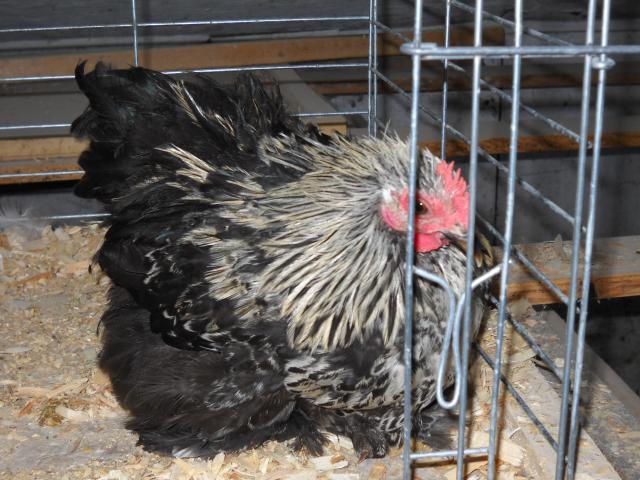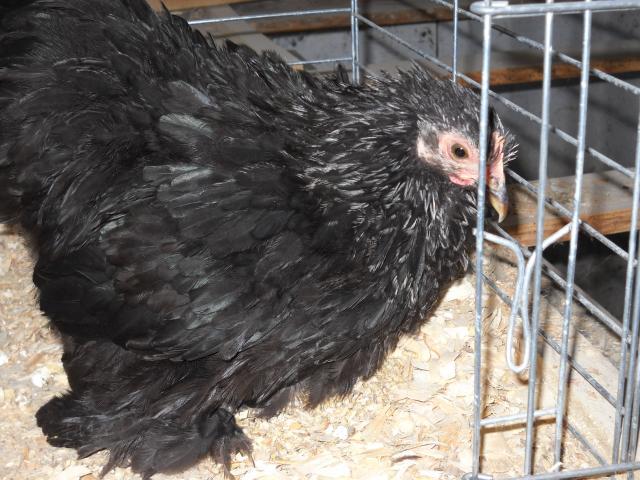Quote:
we raise Columbian pattern birds in two breeds, when young the black on teh back is fairly common, it does molt out near maturity, however to get very well colored males you need a few pullets or hens with some black in thier back it improves saddle stripping in the males, For cleaner backed hens you will want a male that is very weak in saddle striping. one should never give up good black wing primaries or black primary tail feathers. Getting the lacing correct on female tail primaries and secondaries may also result in males that either demonstrate the same lacing or some white in the sickles. there are a few trics to getting the color right. I should also note not to give up the white leading edge of teh primary flight feathers it os difficullt to get back and will lead to very dirty backed pullets, and hens.
It sounds like it is necessary to practice double breeding to get the correct pattern on the Columbians. I have Partridges and I intend to double breed them, but so far I don't have enough offspring to select from. I'm hatching every eggs I can get from them and the Birchens, but hatch rate has been really bad this year.
The Columbian Pattern can be single mated with a fair amount of success, but is best dowuble mated. Have you considered bringing in an actual Birchen to set the color, and pattern as well actual Birchen genetically? It would take some time to get back to good Cochin Type but would eliminate all the color culls in teh process.




